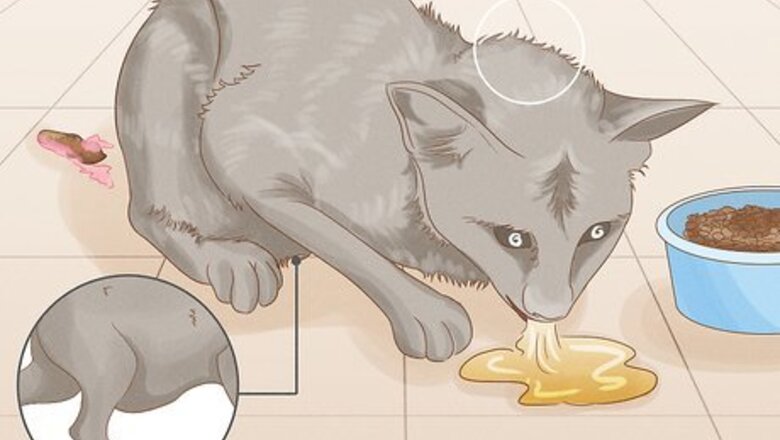
views
X
Research source
Although the thought of worms can make you squirm, they are fairly easy to treat. In order to get rid of worms in cats, you should look for the common symptoms, seek medical attention, and administer medication as directed by your vet.
Seeking Medical Attention
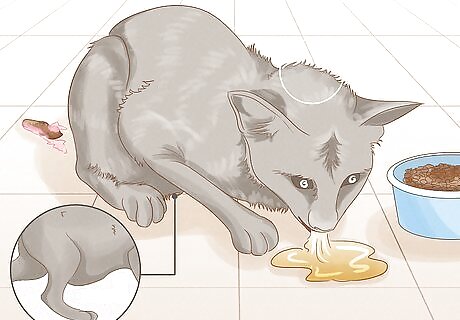
Look for common signs of worms. There are a variety of different worms that can infect your cat, including tapeworms, roundworms (also known as Toxocara cati), hookworms, and, less commonly, stomach worms. Worms can be difficult to notice because they live in your cat’s intestines and the symptoms vary slightly depending on the type of worm infestation. Some symptoms to look for include: Swollen abdomen Loss of appetite or weight loss Diarrhea Vomiting A dull-looking coat Blood or mucous in the feces (poop) Visible worms in the feces Tapeworm segments (which look like small grains of rice or sesame seeds) clinging to the fur around the cat’s anus
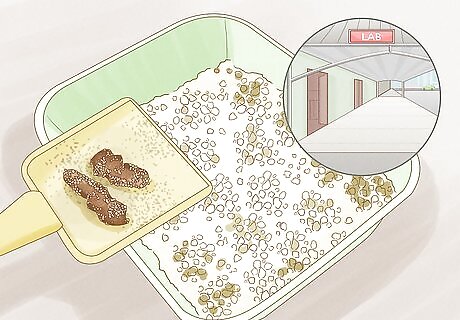
Collect a fresh stool sample. If you suspect that your cat may have worms, collect a fresh stool sample from your cat’s litter box. Scoop the stool sample into a plastic bag and bring it to your vet for testing. A fresh stool sample is needed to correctly and accurately diagnose the type of worm.
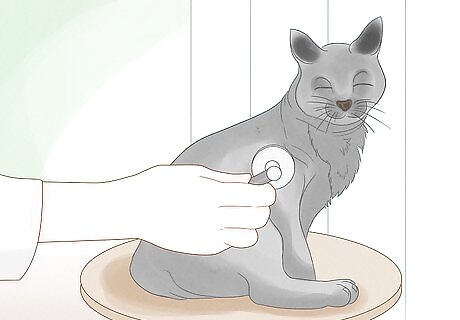
Take your cat to the vet. It is important that you take your cat to the vet for proper diagnosis and treatment options. Your vet will be able to test the stool to identify the exact type of worm and determine the proper treatment. Your vet will also be familiar with common worms in the area.
Treating the Worms
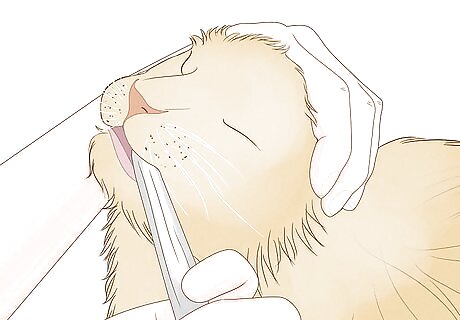
Follow the instructions provided by your vet. Once your vet has diagnosed the type of worm, they will recommend a treatment option. This may include an oral medication or some form of topical treatment. Make sure to follow your vet’s recommendations closely and give the proper dosage.
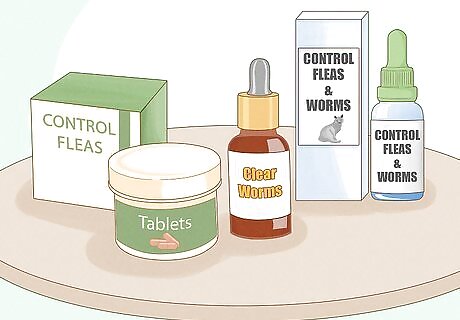
Administer the medicine. Deworming medications typically take the form of either an oral pill or a topical ointment that is applied to the skin. To give a cat a pill, hide it in their food or purchase pill treats that have a space for hiding pills. Topical ointments should be applied directly to the cat’s skin. Make sure to closely follow all of the instructions provided and continue the medication as directed. Some cats are good at finding pills hidden in their food, so you may need to ask your vet for instructions on how to give your cat pills directly.
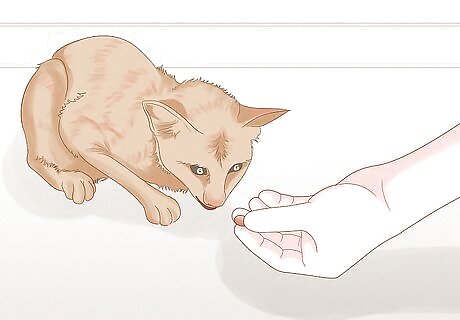
Give your cat a treat. Once you have administered the medication, give your cat a treat or some positive attention. This is a nice reward that will make it easy for you to continue giving medications in the future.
Preventing Your Cat from Getting Worms in the Future
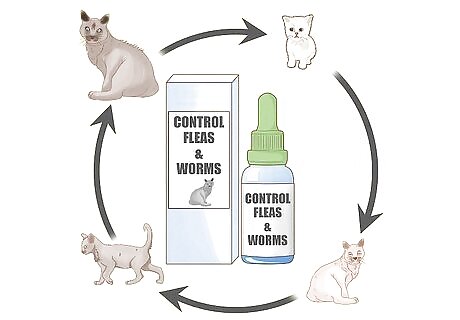
Give your cat preventative medicine throughout its life. Kittens and even adult cats may come into contact with worms throughout their lives. Ask your vet about preventative medications to control fleas as well a variety of worms. These typically need to be given monthly and will help to prevent infestations. Using preventative flea treatments will also protect your cat from getting tapeworms, which cats get when they swallow infected fleas.
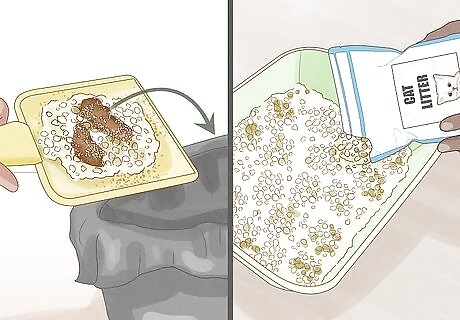
Maintain a clean environment. Worms can transfer to your cat through their fecal matter. Make sure to clean the litter box daily to help control the spread of worms. This is especially important if you have multiple cats in your house.

Keep your cat indoors. If you are worried about your cat getting worms, then you should keep your cat indoors. Outdoor cats are more susceptible to worms because they are more apt to come into contact with fecal matter, fleas, or rodents that can transfer worms.















Comments
0 comment